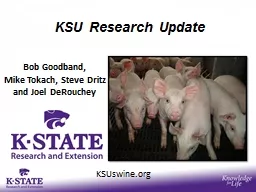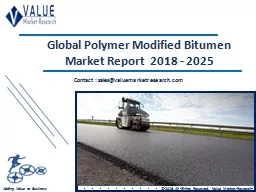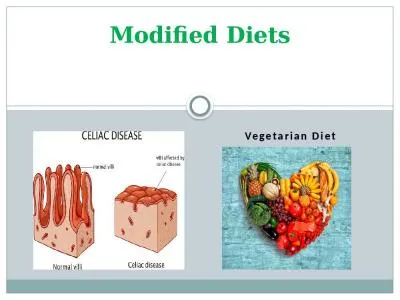PPT-Intrinsic Characteristics of Modified DDGS and Development of Effective Handling Strategies:
Author : yoshiko-marsland | Published Date : 2020-04-04
Kristin Whitney Presenter Kaliramesh Siliveru Mark Casada Kingsly Ambrose Rumela Bhadra and Senay Simsek CoAuthors Introduction Conversion of Corn to EtOH Introduction
Presentation Embed Code
Download Presentation
Download Presentation The PPT/PDF document " Intrinsic Characteristics of Modified D..." is the property of its rightful owner. Permission is granted to download and print the materials on this website for personal, non-commercial use only, and to display it on your personal computer provided you do not modify the materials and that you retain all copyright notices contained in the materials. By downloading content from our website, you accept the terms of this agreement.
Intrinsic Characteristics of Modified DDGS and Development of Effective Handling Strategies:: Transcript
Download Rules Of Document
" Intrinsic Characteristics of Modified DDGS and Development of Effective Handling Strategies:"The content belongs to its owner. You may download and print it for personal use, without modification, and keep all copyright notices. By downloading, you agree to these terms.
Related Documents

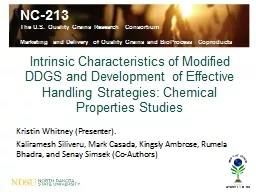


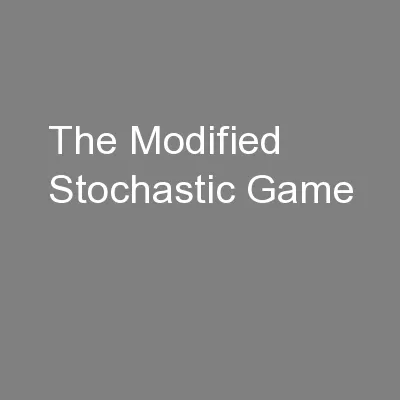
![[BIO] ETHANOL](https://thumbs.docslides.com/472825/bio-ethanol.jpg)



